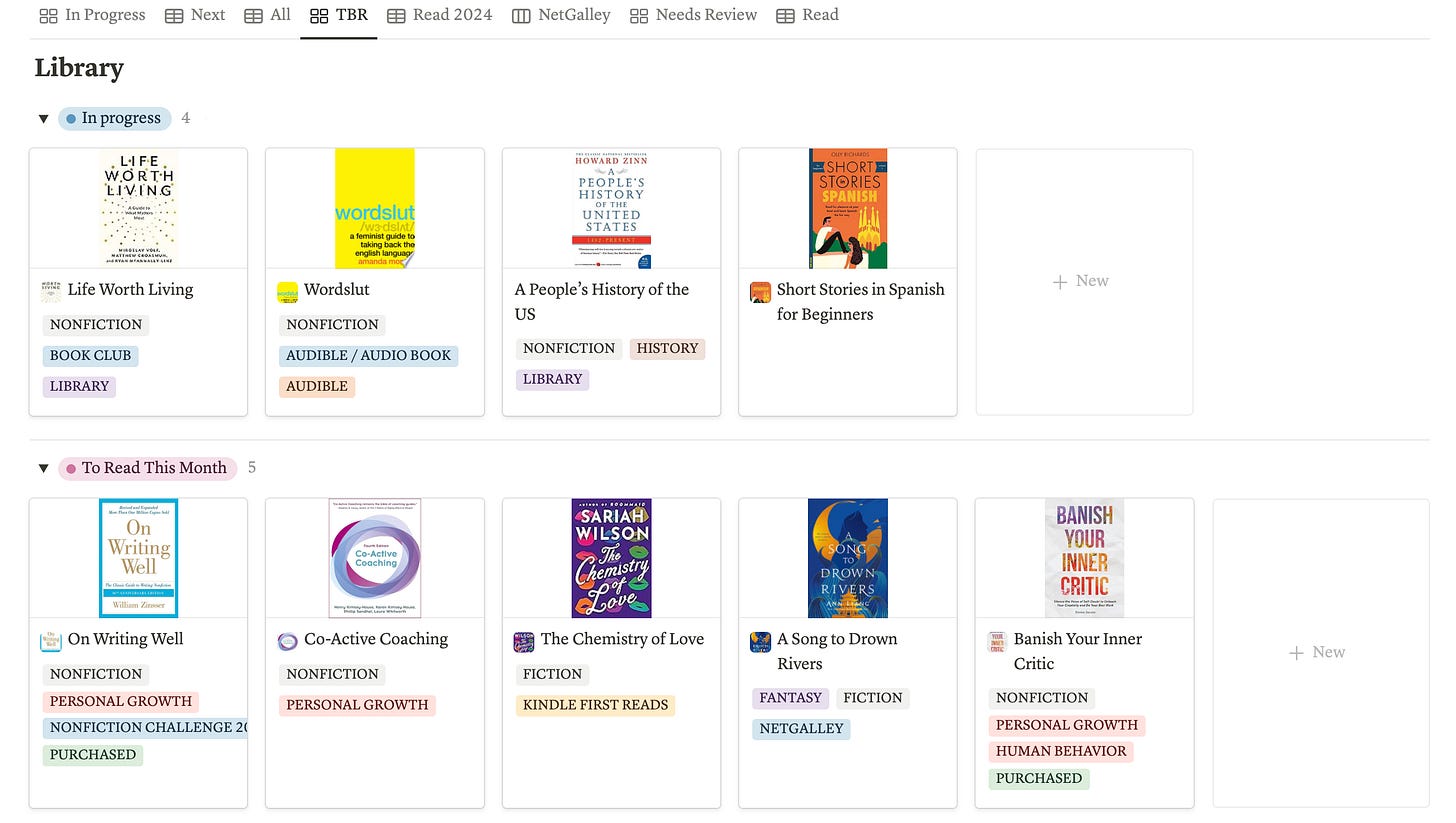Forever Forgetting Sh!t: Navigating Personal Knowledge Management
Personal Knowledge Management Systems (PKMS) and Building A Second Brain are quite the buzz lately. Here's a look at my attempt to not forget important sh!t.
PKMS? What’s That?
As knowledge workers, our ability to be productive and effective relies on remembering and synthesizing information collected over time. If we constantly forget or lose important information, or if it takes excessive time, we are not living up to our potential.
Research from the University of California, San Diego, indicates that the average American consumes about 34 gigabytes of data and information daily. This has risen significantly over the last few decades, leading to a real problem of information overload.
A personal knowledge management system, or PKMS1, is how you keep track of information in your daily life. If we consume 34 GB of data daily, how much of this do we remember? How much are we saving for later in some form or another?
When I heard of the PKMS concept a few years ago, my initial reaction was, “This is what the human brain is for, right? Why would I need a system for that?” Well, according to David Allen, author of Getting Things Done, the answer is that “Your mind is for having ideas, not holding them.”
As Tiago Forte says in Building A Second Brain, “… we go to work five days per week, but spend more than one of those days on average just looking for the information we need to do our work. Half the time, we don’t even succeed in doing that.”
Oof. That seems like a lot of wasted time! Maybe having a system is not such a bad idea after all.
Too Many Notes Apps
After changing jobs in 2021, I realized I had lost some of the knowledge I had captured in various notes, documents, and emails. Despite still having my physical paper notes and some digital notes in EverNote, I felt disorganized and saddened over the loss of information.
Wanting to move away from a paid EverNote subscription while also preserving knowledge, I experimented with other apps. Soon, I found myself with notes and docs scattered across Evernote, Google Drive, SimpleNote, Joplin, Notion, DayOne, and Trello. I was spending too much time looking for information and not always finding it. Ironically, my efforts to consolidate and preserve knowledge resulted in information chaos.
To address this, I moved everything to Notion, with some exceptions for things in Google Drive. While this improved the situation, I wouldn't have called it a PKMS just yet. Despite going from disorganized and scattered notes to consolidated ones, finding what I needed was still occasionally challenging.
Creating A System
Last year, I read Tiago Forte’s book Building a Second Brain. Then, I started applying some PKMS techniques, and note-taking felt less of a burden. I finally felt like I was conquering the information chaos.
PKMS isn't just about note-taking; it's the recognition that our brains can't indefinitely store all the information we might need. Unless you’re Mike Ross2 from Suits, you will forget something.
Creating a system involves capturing, storing, and organizing the information for later use. There is a certain satisfaction in knowing that your notes will be discoverable and, therefore, usable in the future.
Notes go beyond meeting minutes or to-do lists; they encompass ideas, inspiration, questions, and even photos or doodles. The real magic lies in connecting this stored information to spark creativity and innovation.
The system you create can be complex or simple—it’s up to you. I went with Notion, using the PARA system outlined in Building A Second Brain.
On top of this, I layered a modified version of Ultimate Notes. This format gives every note some basic structure, including creation time, last edited, and tags. It also provides an inbox where new notes can hang out until I have the time or need to process them.
PKMS In Action
Do I still forget sh!t? Of course. Am I better at finding stuff I specifically wrote down or saved for later? Yes!
Part of my personal PKMS is a Notion database that contains all my Kindle highlights. While writing this, I referred to my notes from Building A Second Brain. Additionally, I use this database to track which books I’m reading, what I want to read next, and my reading history. This information used to be spread across Amazon, Trello, and Goodreads, and now it’s all in one place!
I also created a recipe database, and whenever I come across a new recipe I want to try, I send it to Notion. The next time I’m looking for fresh ideas for dinner, the recipe is ready and waiting in the recipe database’s inbox.
Conversation Starters
Where do you store your information, such as notes?
Do you consider this a PKMS? Why or why not?
Like this article? Click the ♥️ button to let me know!
Or leave a comment 💬 and share your thoughts.
xo,
Brie
If you’d like to support my writing and my work on QUALITY BOSS, you can show appreciation by leaving me a tip through Ko-fi.
Coaching/Mentoring: Want to work with me? Book a call here to discuss getting started.
My areas of expertise and interest are leadership development, conquering impostor syndrome, values exploration, goal setting, and creating habits & systems. And, of course, Quality Engineering. 🐞
Mike has an eidetic memory and can memorize anything he sees within seconds.






